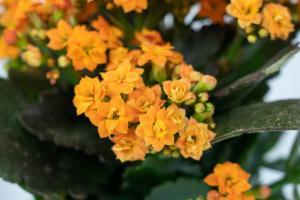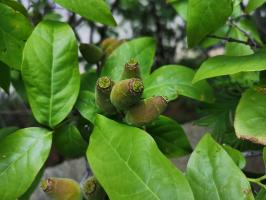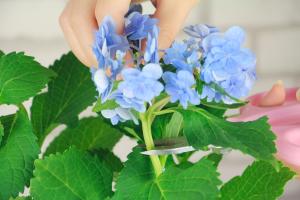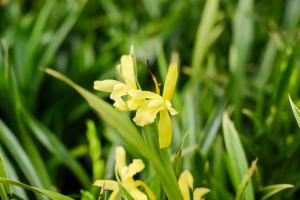Can I Water My House Plants from the Bottom?
When it comes to watering house plants, there are a lot of conflicting recommendations out there. Some say to water from above, while others suggest bottom watering. So, can you water your house plants from the bottom? The answer is yes! In fact, bottom watering can be a great way to ensure your plants are receiving the right amount of moisture.
How Does Bottom Watering Work?
Bottom watering is a simple process that involves placing a plant in a saucer or tray filled with water. The water is then absorbed through the drainage holes in the bottom of the pot, providing the plant with moisture from the roots up. This method is especially effective for plants that are prone to root rot or those that require even and consistent moisture levels.
What are the Benefits of Bottom Watering?
Bottom watering offers a number of advantages over traditional watering methods. For one, it can help prevent overwatering, as excess water is drained away instead of sitting in the pot. This can help prevent fungal growth and other issues related to waterlogged soil. Bottom watering can also help promote root growth, as the roots are able to absorb moisture more efficiently. Additionally, this method can help reduce water waste, as you can more accurately measure the amount of water each plant is receiving.
What Types of Plants are Best Suited for Bottom Watering?
While most house plants can be bottom watered, some types may be better suited for this method than others. Plants that prefer moist soil, such as ferns and peace lilies, are especially well-suited for bottom watering. Succulent plants, on the other hand, may not be the best choice for this method, as they typically prefer drier soil.
How Do I Bottom Water my Plants?
Bottom watering is a simple process that can be done in just a few steps. Here's how to do it:
Fill a saucer or tray with water to a depth of about 1 inch.
Place your plant in the saucer, making sure the pot is sitting flush on the bottom.
Allow the plant to absorb water until the soil is moist to the touch.
Remove the plant from the saucer and allow any excess water to drain away.
Are There Any Downsides to Bottom Watering?
While bottom watering can be a great way to keep your house plants healthy, there are a few potential downsides to consider. For one, it can be more time-consuming than traditional watering methods, as you'll need to monitor the water level and wait for the plant to absorb moisture. Additionally, bottom watering may not be effective for plants that are heavily compacted or have old, dense soil. In these cases, traditional watering methods may be more effective.
The Bottom Line
If you're looking for a simple and effective way to water your house plants, bottom watering is a great option to consider. This method can help prevent overwatering, promote root growth, and reduce water waste, making it a smart choice for any plant parent. Just remember, bottom watering may not be the best choice for every plant, so be sure to choose a variety that will thrive with this method of watering.

 how many times do yo...
how many times do yo... how many planted tre...
how many planted tre... how many pine trees ...
how many pine trees ... how many pecan trees...
how many pecan trees... how many plants comp...
how many plants comp... how many plants can ...
how many plants can ... how many plants and ...
how many plants and ... how many pepper plan...
how many pepper plan...































